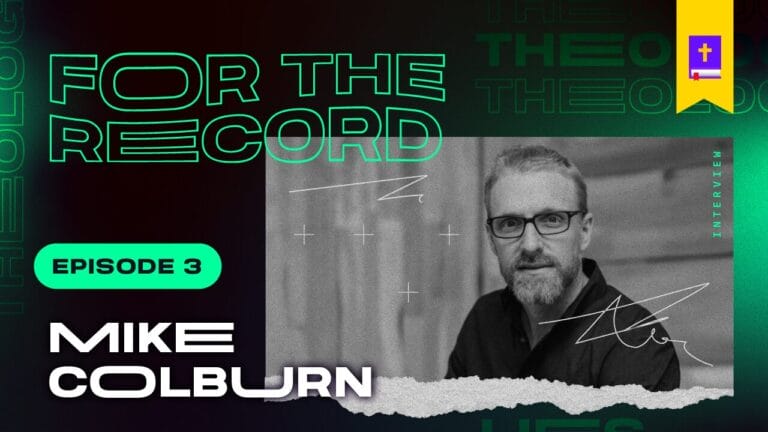Ellen G. White, who the SDA Church believes was divinely inspired and corrects inaccurate interpretations of scripture, claimed that the 144,000 of Revelation were the Adventist’s that would go through the Time of Trouble—something she claimed was imminent upon that generation but didn’t happen. In her first vision, she not only falsely claimed to be shown the day and hour of Jesus’s coming, but that the 144,000 were the “living saints” who were specifically given the day and the hour of the return of Christ, referring to their small flock at the time. She also falsely equated the “great multitude” in Revelation 7:9 with the 144,000 when John explicitly distinguishes between the two.
Scholastic outlets within Adventism such as the Adventist Biblical Research Institute, have tried to downplay these words and claim Mrs. White never made a definitive statement of who the 144,000 is, rather, she opted for a symbolic understanding of the 144,000—equating them to those who would be living at the Second Coming of Christ.
This completely ignores her very plain statements early on where she claimed to be shown that the 144,000—their small little flock at the time—were given the day and the hour of the return of Christ and that they were who the 144,000 represented. A pivot on this, despite Ellen claiming to have received this information from God himself, had to take place because obviously they didn’t see the Time of Trouble like many of their pioneers claimed they would—such as Ellen’s own husband, James White, who claimed in 1849 that they were about to go through the time of trouble. This was considered “present truth” at the time, binding upon one’s conscience.
Another interesting observation around this is how the SDA Church regularly harps on their literalist understanding of scripture, except in the areas that they have deemed to be symbolic. Even within the book of Revelation. For instance, they will often cite imagery of Revelation to support the idea that there is a literal, physical sanctuary building in heaven that Jesus is conducting a second phase of atonement in. But when it comes to numbers, they then resort to symbolism. But we digress.
The 144,000 of Revelation 7:4 has been a hotly debated number for quite some time in, arguably, the Bible’s most debated book.
In Revelation 7:1 an interlude is presented that interrupts the seal judgments (Revelation 7:1–8) before presenting the seventh seal, which is then opened in Revelation 8:1.
This interruption of the seal judgments represents a halt in the judgements of God on Israel. It would have been what allowed the small population of Jewish Christians in Jerusalem to flee as the Roman emperor Vespasian was distracted with the fall of Nero and the Roman Civil Wars, before then destroying Jerusalem (Matthew 24:16–22).
Jewish historian and priest, Josephus, was an eyewitness to the Jewish War with Rome and he writes that there was indeed a pause in the Jewish wars (Josephus, J.W. 4:9:2; 4:11:5). This halting would have been what provide the Christians trapped in Jerusalem the opportunity to flee before the war picked back up. We also have both Christ’s prophecy in Luke 21:20–22 as well as the historical account of Eusebius (Ecclesiastical History 3:5) showing that Christians fled Jerusalem and were spared.
Revelation was given by Christ, to John, for a first-century audience to understand. It has application to them and this cannot be ignored. It is in this context that we should understand the 144,000 sealed saints. Like with the rest of the symbols, numbers, and signs in the Apocalypse, this perfectly squared number is a symbol for something.
It represents the Jewish converts to Christianity who dwelt in Israel—the first fruits of the Christian church. The evidence for this is strong:
- Revelation 7:4 explicitly refers to the 12 Tribes of Israel. They are later referred to as the “first fruits” (Revelation 14:4), which perfectly matches with the reality that the first converts to the faith were Jewish (Acts 1:8, 2:5–12, 22–24, 36–42; Romans 1:16, 2:9–10).
- John distinguishes them from “the great multitude” in Revelation 7:9 which consists of people from every tribe, tongue, people and nation.
- In line with elsewhere in the book, John is pulling from Old Testament imagery. In this case, Ezekiel 9:4, which clearly specifies they are from Jerusalem.
- God protects them in “the Land” which is being judged (Revelation 7:1, 14:3). Revelation often uses the Greek phrase “he ge” to refer to the Promised Land of Israel—which fits with the overall messaging.
- This understanding also seamlessly fits with Jesus’s own warning of his followers to flee Jerusalem before its final overthrow (Matthew 24:15–16; Luke 21:20–24). He promises that those who heed his prophecy will be protected (Luke 21:18–19). Jesus was speaking to a Jewish audience in the immediate context.
- Revelation’s events are to occur “shortly” because the “time is near” (Revelation 1:1, 3; 22:6, 10). In light of the historical fleeing of Jewish Christians from Jerusalem prior to its fall, this again fits perfectly.
It is vitally important that scripture be read in light of it’s historicity. Revelation had application to the first-century audience it was being written to. This does not mean that it doesn’t have relevance or significance to us today (quite the contrary), but to denude it from it’s history opens up the door to begin anachronistically reading into the text things that are not in view—which the SDA Church is not alone in doing.
While the Adventist church has done well to recognize the symbolism behind the number, their “lesser light” that sheds light on the proper understanding of scripture, has left them in a problematic predicament with her early statements regarding the specificity of the 144,000 and the Time of Trouble.
Ellen White claimed that “whatever contradicts God’s Word, we can be sure proceeds from Satan”, that her writings never contradict God’s Word and bear the test of investigation. We’ll let you connect the dots.










